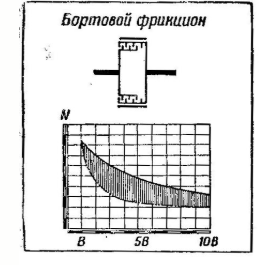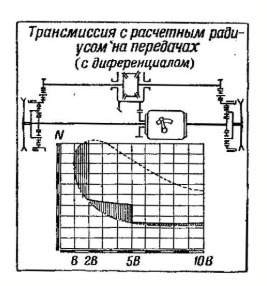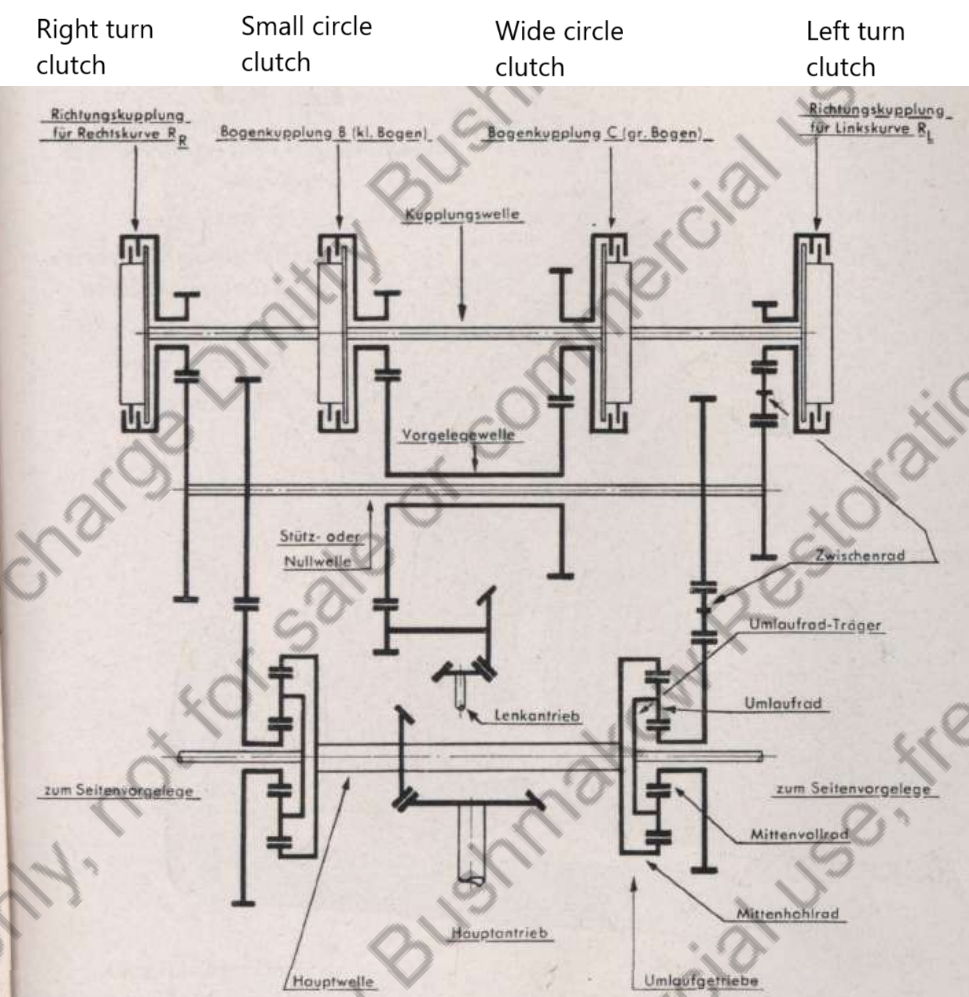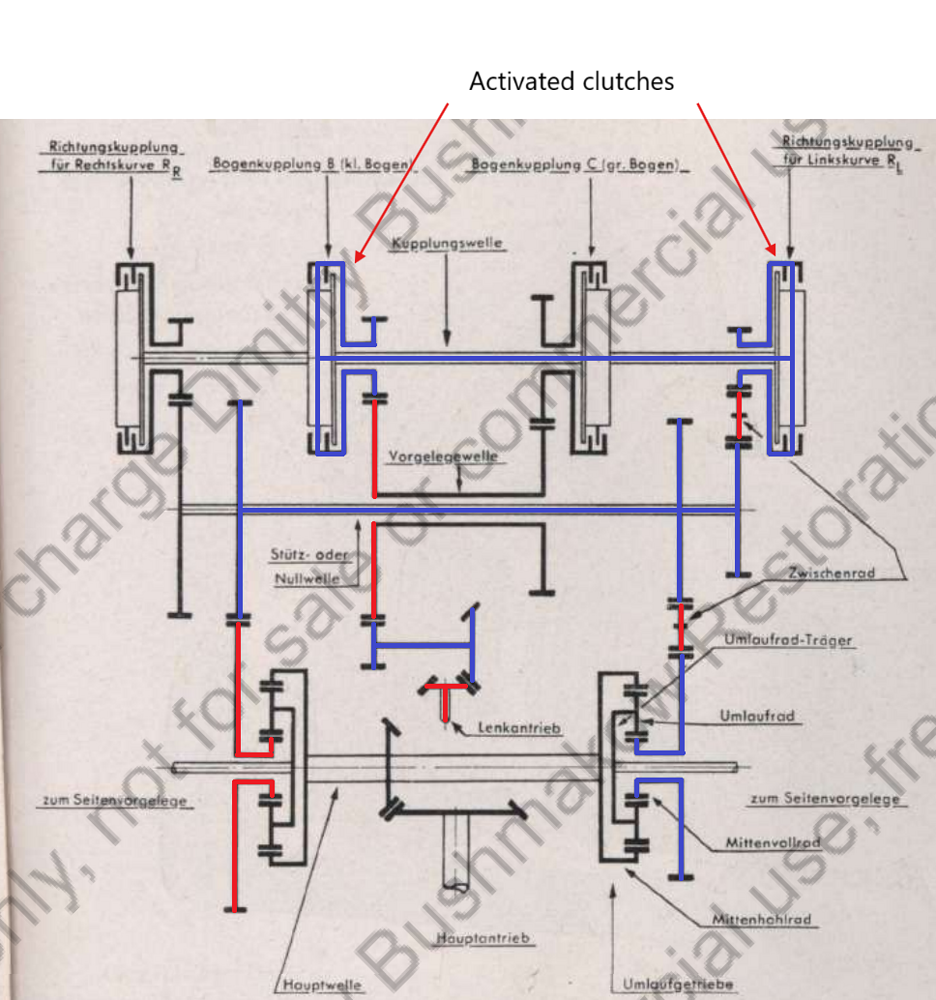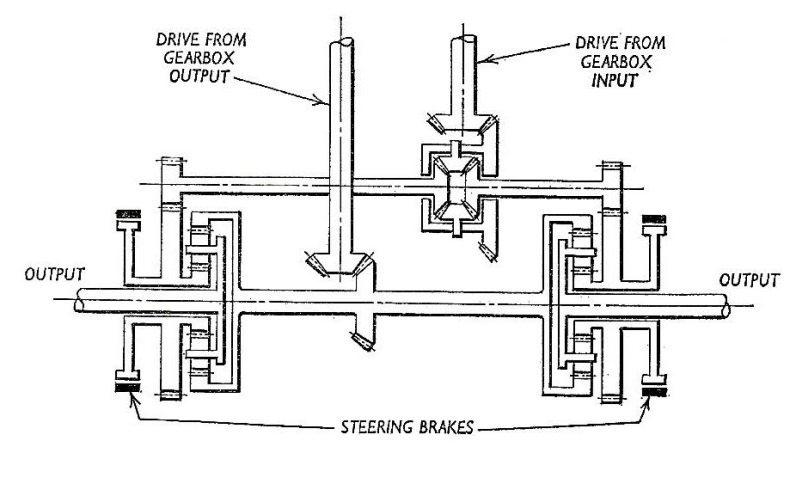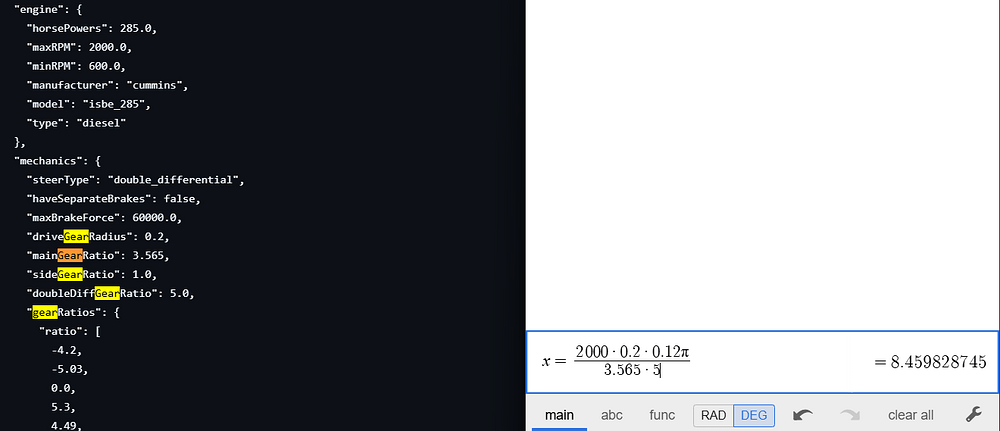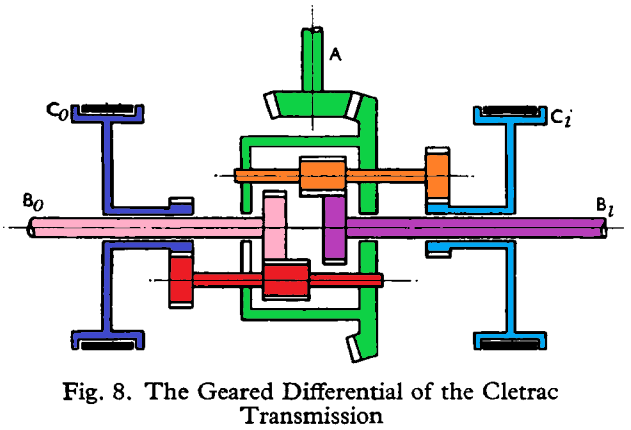The fact that a “Double differential steering system” or “energy regenerative steering system” existed in real life, yet is still not implemented in the game, has been a topic of discussion in the community for many years.
This time, I discovered that Gaijin has already implemented a regenerative steering system in the game, and how to enable it on a user model.
This feature appears to have been first used in games in “Eldenhet 98”
To do this, edit the configuration BLK file for the user model vehicle.
Rewrite the block in the BLK that defines vehicle performance as follows: (We will use the m60a1 as an example.)
Before
mechanics {
steerType:t = “clutch_braking”
maxBrakeForce:r = 195000
driveGearRadius:r = 0.33
mainGearRatio:r = 5.42
sideGearRatio:r = 1.07
neutralGearRatio:r = 9
gearRatios {
ratio:r = -6.2
ratio:r = -8.4
ratio:r = 0
ratio:r = 6
ratio:r = 4.5
ratio:r = 3
ratio:r = 2.06
ratio:r = 1.52
ratio:r = 1.08
}
}
After
mechanics {
steerType:t = “double_differential”
maxBrakeForce:r = 195000
driveGearRadius:r = 0.33
mainGearRatio:r = 5.42
sideGearRatio:r = 1.07
neutralGearRatio:r = 9
doubleDiffGearRatio:r = 3
gearRatios {
ratio:r = -6.2
ratio:r = -8.4
ratio:r = 0
ratio:r = 6
ratio:r = 4.5
ratio:r = 3
ratio:r = 2.06
ratio:r = 1.52
ratio:r = 1.08
}
}
The meaning of the numbers in “doubleDiffGearRatio” will be explained later.
From what I’ve seen, the features of Double differential steering systems currently in-game are as follows:
-
The speed difference between the left and right tracks required for turning is achieved by energy distribution, not braking. This eliminates the need for extra torque when turning, allowing for more efficient turning.
-
What was discovered this time is a Double differential steering system. This transfers the energy no longer needed by the slower inner track to the outer track, increasing the outer track’s rotation speed. This theoretically allows a tank to turn at the same speed as when moving forward.
-
Vehicles equipped with tracks, such as tanks, experience extreme rolling resistance when turning. This is because the tracks drag sideways against the ground when turning. This is unavoidable as long as the vehicle is equipped with tracks. Therefore, even with a Double differential steering system, whether or not a vehicle can achieve the exact same speed as when traveling straight depends on the available torque output from the engine. If the engine’s total torque is used up when traveling straight, it’s obvious that speed will decrease when turning.
-
The track rotation speed distribution ratio changes depending on the number of gears connected to the main transmission. Specifically, the higher the gear, the larger the turning radius. This is a method used in real-life Tiger tanks and MBTs, and prevents unnecessary energy loss and tank breakdowns and accidents caused by sharp turns. This function is adjusted using “doubleDiffGearRatio.” Increasing this value increases the minimum safe turning radius.
-
Currently, it is not possible to perform a pivot turn by locking one track using just the normal turning key. To do this, you need to set a dedicated key for the track brake.

